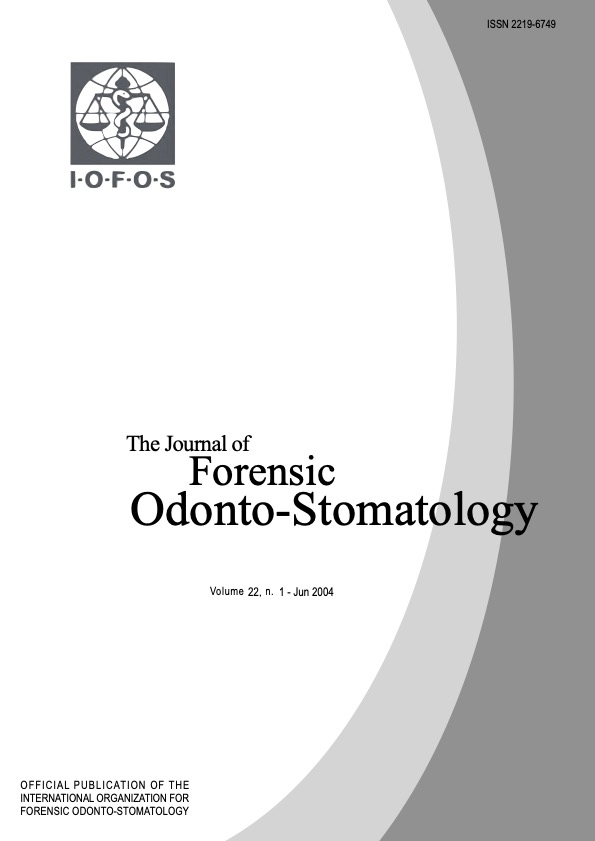Computerized recording of the palatal rugae pattern and an evaluation of its application in forensic identification
Abstract
In circumstances where identification of an individual by fingerprint or dental record comparison is difficult, palatal rugae may be considered as an alternative source of comparative material. This article evaluates the use of palatal rugae patterns for forensic identification with an indigenously developed computer software program. Comprehensive computerized antemortem records were constructed for 250 subjects and a comparison matching process performed using both recorded and unrecorded samples. The efficiency of this computer-based identification method was then assessed. The program proved to have an average sensitivity of 0.93 and specificity of 1 and had a success rate of 92- 97% in matches with digitized rugae pattern samples.

